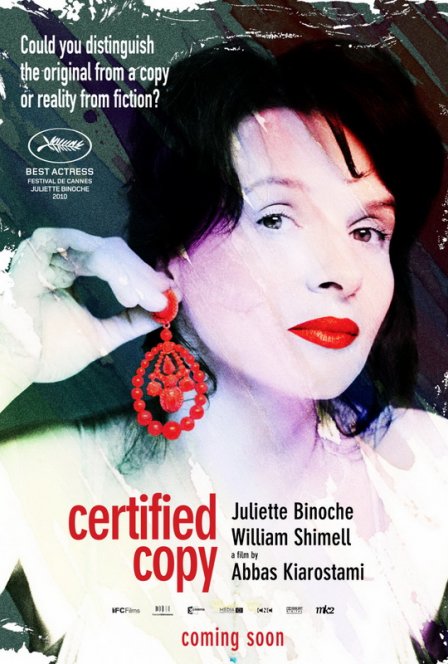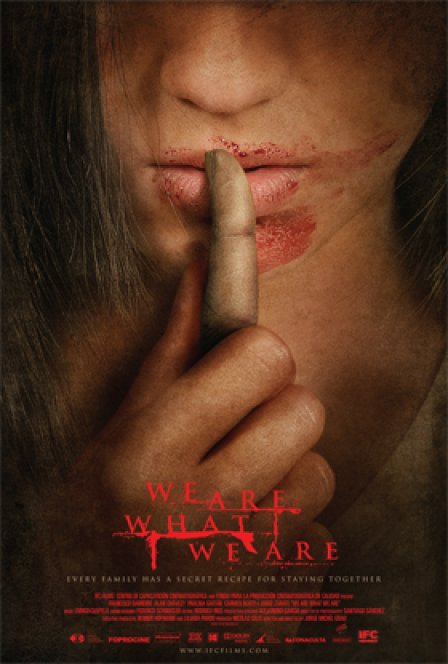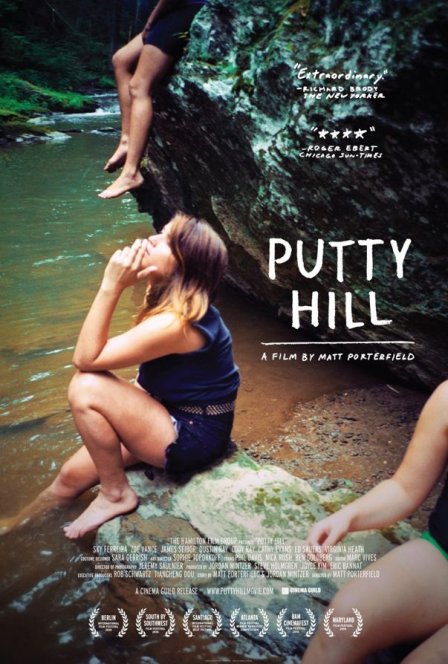While sitting through a screening of Certified Copy, the latest film from Abbas Kiarostami (Taste of Cherry), I was, at one point, tempted to groan aloud in response to a line of dialogue. The groan would have been less a ploy for attention than an involuntary response. I was in a physical state of discomfort that only a slight groan might have served to ameliorate. During one of their rambling, freshman thesis-level discussions on the nature of the reproduction vs.

Certified Copy Dir. Abbas Kiarostami

Styles: drama, comedy drama, romance
Others: Before Sunrise











